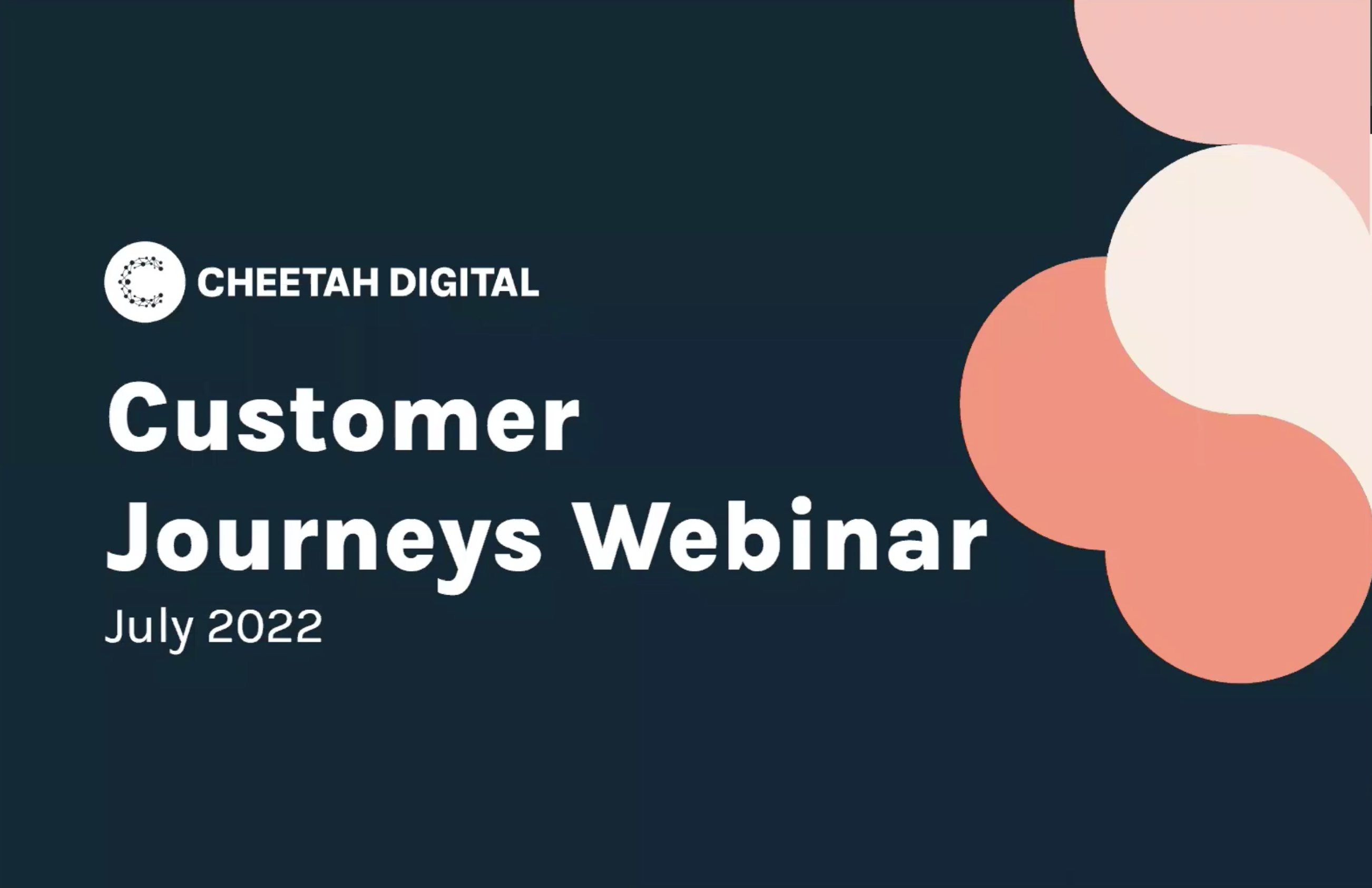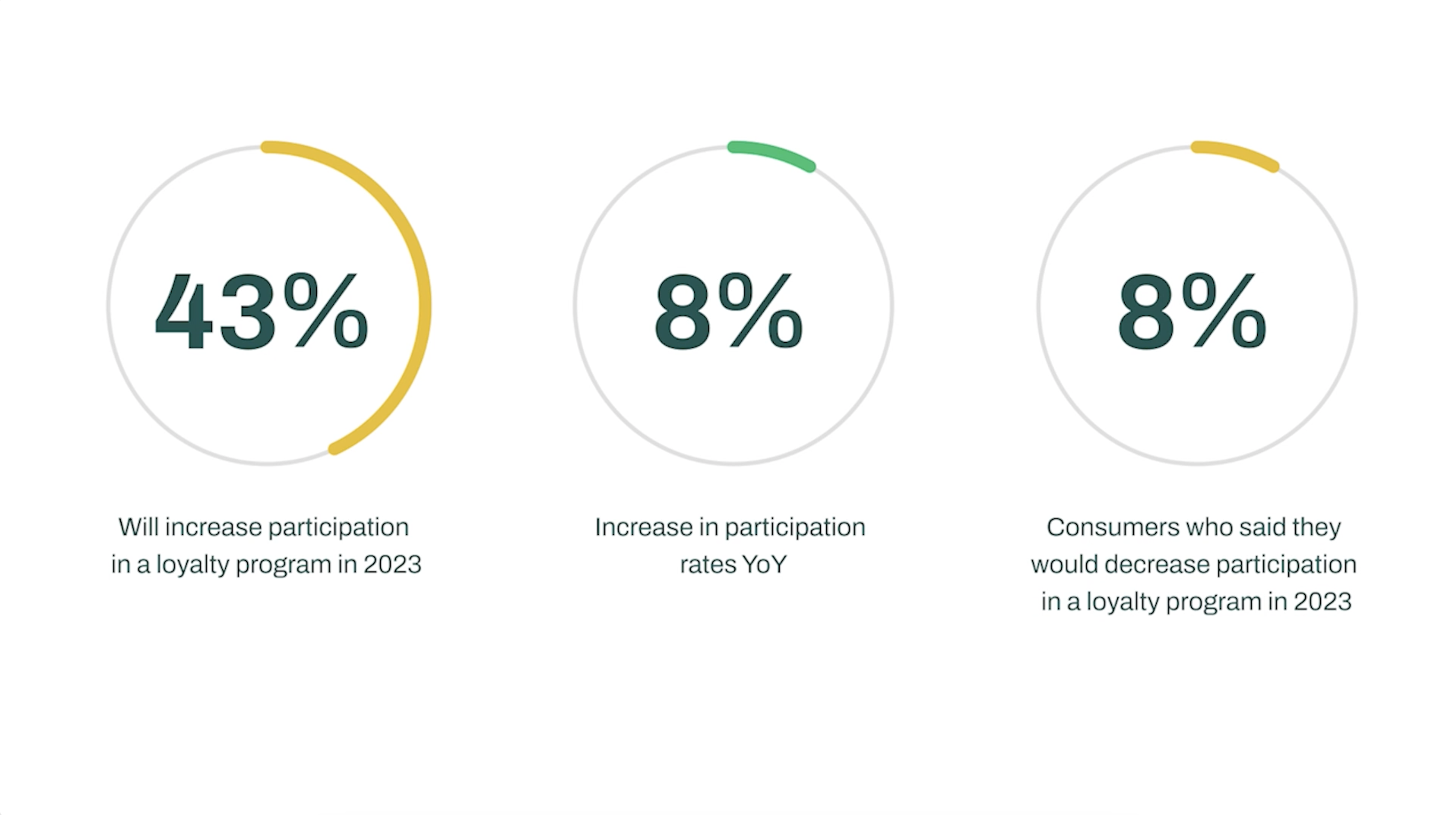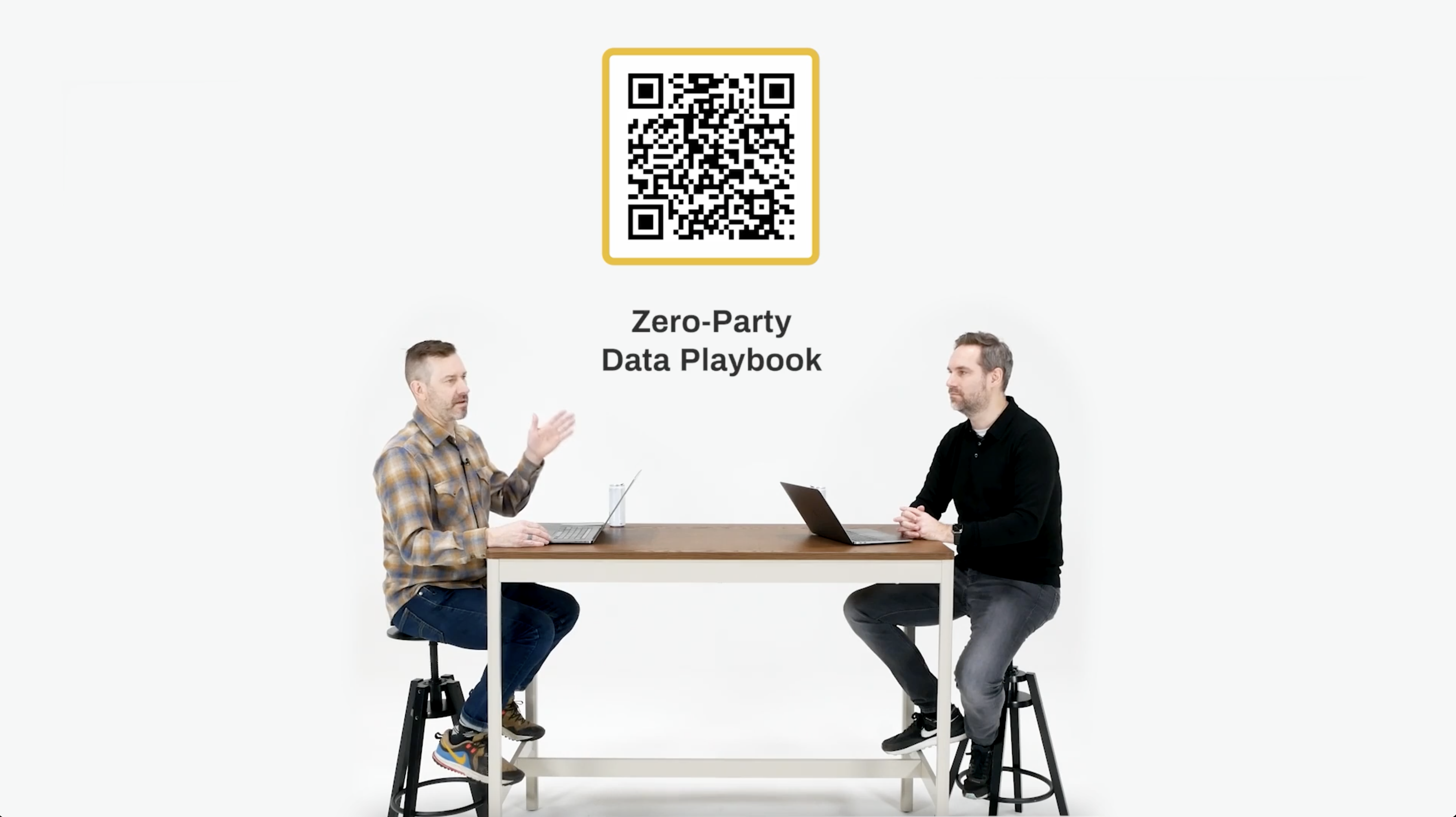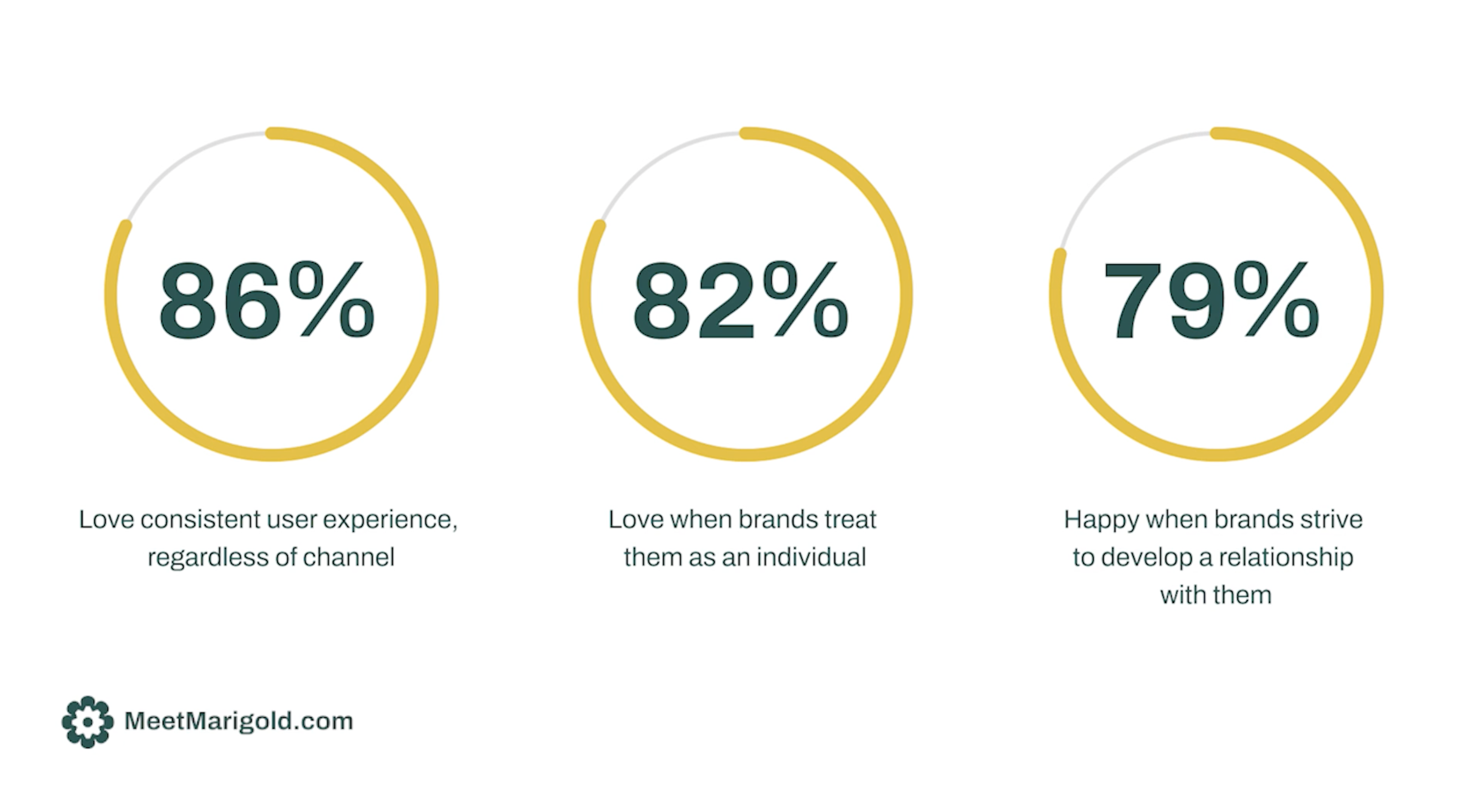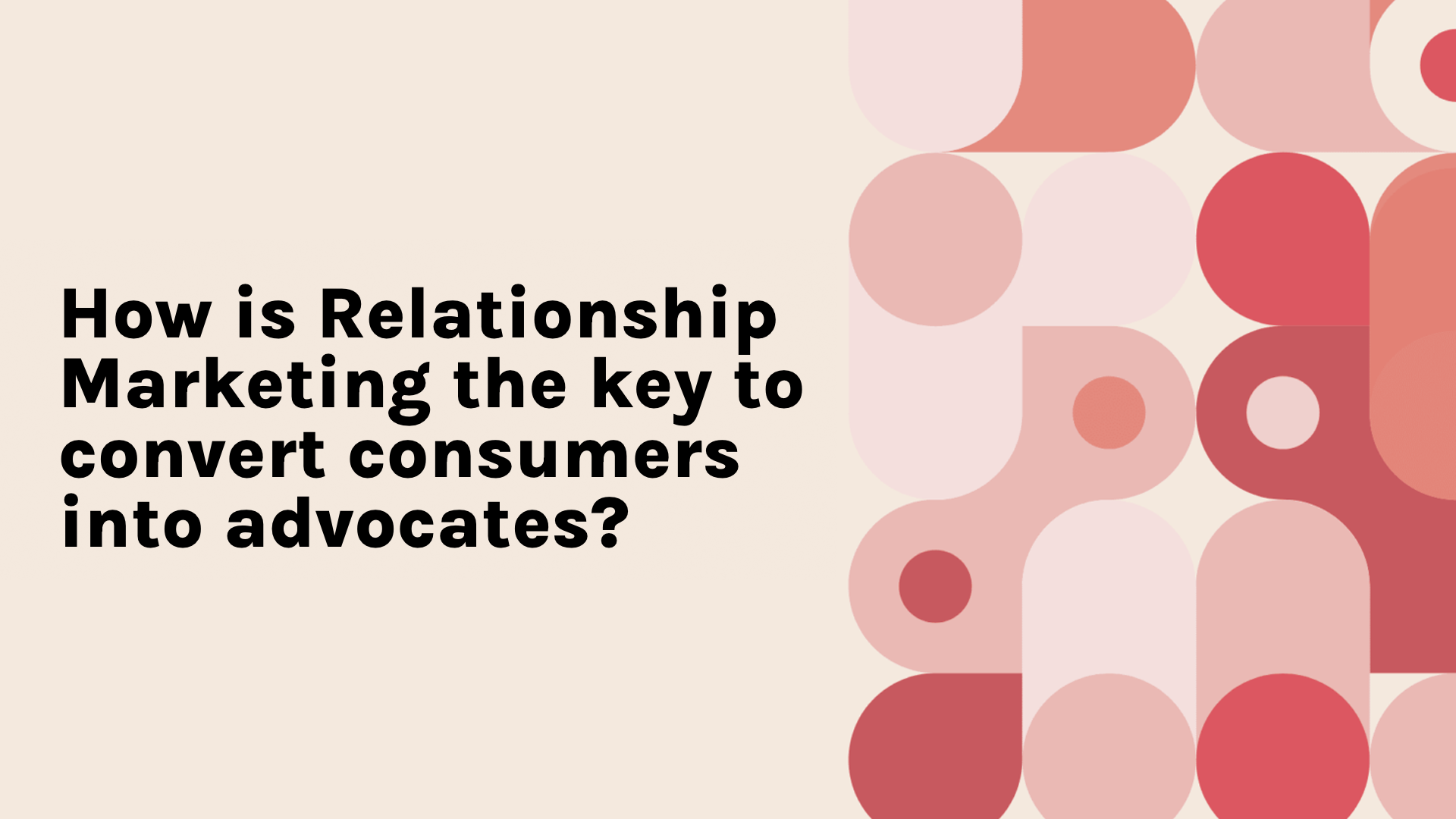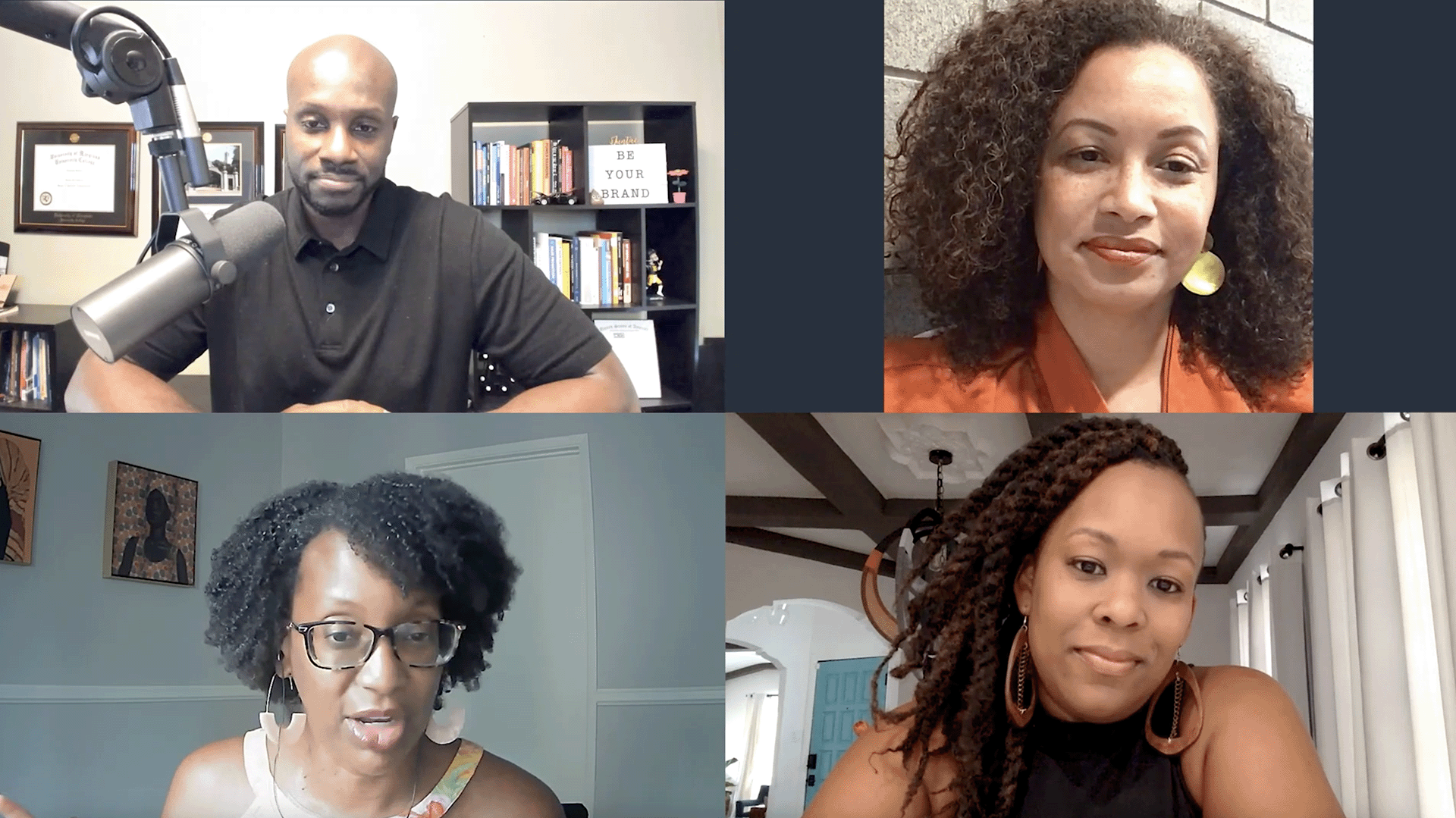Cheetah Circle Exclusive: Customer Journeys Webinar On-Demand
- 0.5
- 1
- 1.25
- 1.5
- 1.75
- 2
Bryan Finfrock: So I'll kick things off. Good morning, and thank you for being part of our small dedicated audience. This is a Cheetah Circle event. So I want everyone on to feel comfortable being active participants. I do have some content prepared and a short demo for today, but I want this session to be about you, the Cheetah Circle members. So feel free to chime in at any time as we're going along. I want to start by quickly introducing myself. My name's Bryan Finfrock. I began building campaigns for responses in 2009. I built my first workflow- oriented campaign well over a decade ago. I've built orchestrations for a variety of industries and use cases from simple one touch automations to more complicated customer journeys that extend through multiple complicated workflows and a variety of goals and outcomes. I've also done my fair share of maintenance and optimization on customer journeys over time. So I have a pretty deep understanding of the common hurdles and challenges associated with these tasks. Now over the past couple of months, a lot of the key analysts in our industry have released their updated research for things that they were studying last year. I went through all of it and zoned in on just the stuff related to customer journeys to share that with you today. And once we go through that research, I'll give a little highlight of the Cheetah digital orchestration tool. We call it Journey Designer. And then after that intro, I'll give a quick demo of the product. We are recording today's session so we can share it with anybody else on demand, but we do have the ability to open up your mic if you'd like to chat with us, you can just raise your hand and we'll take notice. Otherwise, you can use the chat feature. And as long as I see it, I'll respond to it. And if not, my coworker will point it out for me so that we pay attention to it. So please stop me along the way with any questions. We'll carry on to the first slide. The first piece of research I wanted to share comes from Michael McKinick Gardner who surveyed senior marketing leaders, so the people that are running the teams. And almost three out of four say that their teams are having a very hard time building automations that actually help customers across their customer journey. And he's stressed that most marketers have the technology that enables customer journeys, but they have a hard time overcoming the process rules to use data in a meaningful way that actually delivers experiences that have value. Journeys, in his opinion, they need to be real time, and marketers need to work towards one- to- one personalization by intelligently responding to customer signals. So no batch- oriented things, no extremely linear paths with consistent content for every customer. Stuff needs to be personalized and delivered as customers are looking to interact. And Christina Laroche Serone picks up this topic by drilling more into the marketers that are actually building these campaigns and the explicit customer perceptions of these customer journeys. We do have our first question here. And the question is, did the analyst go into detail about the complications or hurdles that are making things harder? And yeah, let's highlight that. So Christina's research says that two out of three people building campaigns today say it's more difficult today than it was a couple years ago. And Michael saying that three out of four teams are having a hard time putting it together. The customer side of that research says that only about 25% of customers are actually excited to share their customer data in order to improve their experiences. And the analysts think that's more of an indication that marketers are having a hard time taking that data and making it something useful for the customer, as opposed to other things that may discourage a customer to interact and share data. So with that said, her specific research into consumer impact, what do the consumers think about customer journeys? How are they impacting the relationships and even perhaps impacting purchase decisions? She found three key themes. The first is that customer journeys absolutely have to be consistent across channel. We just interact in too many different, unique ways going from mobile app, to web, to in person, and we never do it the same way. So if the experience is consistent across channels, we're more likely to make a purchase. The second thing she found is that the personalization of recommendations is really, really critical. You can't just throw generic offers. It can't be that everybody gets this generic discount this week, or it can't be well you looked at this so let me show it to you 10 times. It has to be personalized recommendations that are focused on the individual. And finally, perhaps what's most critical, and she wasn't the only analyst to highlight this, but she had some of the best content for it. She said that the customer journeys that help customers achieve their goals, that teach them something, have the greatest impact on how customers respond. Well, she actually had a very interesting delineation in her research. She said some customer journeys are significantly more likely to influence a purchase decision, while other customer journeys are significantly more likely to influence the size of a purchase decision. As a baseline, the table stakes, she says providing consistency across channels is 25% more likely to convert a purchaser than not having consistent experience across channels. But she says offering a prescriptive path that guides customers to a specific goal makes them 36% more likely to make that purchase. And this is where things get complicated though. She highlighted the customers want to feel in control. So while a new customer may respond well to a prescriptive path, an informed customer is actually less likely to make a purchase if they feel they're being led to some specific endpoint. So if you want to influence customers to increase their purchase and grow that relationship, you have to provide learning paths that make it easier for customers to get to those end goals. We've got examples. So a prescriptive journey, according to Gardner is an automated sequential series of interactions, like guiding a customer through product recommendations and or fulfillment options. So the example is Starbucks. They tap into the Deep Brew AI they have, and they determine the best offer or product recommendation for each individual customer. And they deliver that consistently across channels. Believe it or not, Starbucks doesn't have a drive- through in my hometown of Rockford, Michigan. They have a location within each of our two competing grocery stores. So it's actually easier for my wife to go to Starbucks competition that does have a drive- through than it is to go into the grocery store. But she responds to the personalized offers, and many people do. They send millions of them almost daily. And my wife goes out of her way to redeem those. It has an impact. On the learning path, from my personal experience, learning paths always go hand- in- hand with subscription services. I've built a number of learning paths for subscription services, actually. Think cable providers or streaming video providers, sending customers educational messages, teaching them how to utilize the mobile app or how to install their application onto a smart TV and how to navigate within that app to find content or buy content. Or an example of a Cheetah customer think Pretty Litter. They teach customers that the colors of the litter can tell you about the healthier cat. And I mean, I have a cat. They hide when they're not feeling good. She gets sore teeth and sore ears, and we never know. We have to take her to the vet to check that out. Pretty Litter solves that with an educational path. And I encountered a fun Cheetah experience when I was on their webpage earlier this week. And the welcome email they sent was directly related to that experience I had, but in the copy of that email and the content that's creatively placed, a customer view is telling me about those health benefits and educating me about something that can change my behavior. Now, perhaps as a follow up, Pretty Litter can personalize the next experience when I visit their webpage to ask how many pets I have, what type of pets I have, if my cat's an indoor outdoor cat. And the things that they can learn from that if they knew that I have two dogs that like to steal treats from the litter box, or even treats from the backyard from the chickens, they might offer me content that says, hey, our litter covers up the smell and makes it easier for you to get in there before the dogs figure out that the cats did something. So there's lots of ways for us to apply these, but we really have to think hard about who our customers are in order to come up with these recommendations and personalized learning paths. Key insights from all of the analysts, Forester, Gardner, IDC, and beyond. They all say that you have to plan journeys strategically and build over time. You can't build all the journeys and maintain them all the time. You have to plan, and you have to transition from those batch- based linear automations. I mean, it's a great starting place if you have those. But real time is really critical to that. At Cheetah Digital, we agree with Forester and a lot of the research they've done in recent years, that customer obsession is central to making these impactful customer journeys possible. It starts with creating a value exchange, whether it's acquiring a new customer or encouraging an existing customer to log in, or stay logged in, and alert you when they're interacting with your brand. You have to give them something, give them value, help them perhaps on their path to achieving a goal. We believe, step two, as we've mentioned, is moving from static engagements to real time. I've done AB tests on next day batch and blast versus same day 30- minute later retargeting campaigns. The very first one I did was over a decade ago. We set up a 90/ 10 split. 90% of the audience got the next day batch. And 10% of the audience got the same day delivery. And on the second day of the test, we knew the result was real time, because the 10% produced more revenue than the 90%. And that's just consistent. When you respond to your customers and their moments of interest, they feel like you're there with them. We believe unifying loyalty and marketing is really critical. And zero party data you can get from loyalty to leverage in your marketing offerings, recommendations. It's really important. And then knowing all that's noble about your customers, this is cyclical. Like I said, whether it's acquisition or further down the path, constantly adding value and constantly improving the personalization. So let's move into Journey Designer. That's the plan now. If anybody has any questions. Nobody's raised their hand or anything, so I'll proceed as planned, but feel free to stop me as I'm going along here. If you've joined us on a recent customer webinar this year, you've seen us share a slide that looks a lot like this. With the help of our customers, we've broken things down. Relationship marketing is the overarching idea here, but we've got a lot of best practices that help deliver on building improvement or building our relationships with value exchange all the way up to that loyalty. When we're talking about Journey Designer, that becomes part of the overall solution at cross channel. When we're trying to take those messages and make sure that we're seamless from start to finish with the experiences. But Journey Designer also supports real time and intelligent use cases, as well as even some intelligent retention marketing use cases. Today, we're really focusing in the discussion about customer journeys on, on cross channel through intelligent marketing. So it is possible to do journeys without real time and without AI. And customers, if it's the right content, will react to that appropriately. But when all those elements are brought together, customers really tend to respond. Cheetah with all of our products, we do have a vision specific to that product to make sure it's delivering on exactly what we hope our customers can achieve with it. And for Journey Designer, we want to make sure that non- technical marketers have the ability to visually design, connect, and launch all of their campaigns. And that's, cross- channel, multi- step with goals that you can measure. So measurement and optimization is also critical to that. You have to be able to look at what's happening and make improvements if there's opportunities for them. And again, intuitive and simple to use is really central to what we've done with Journey Designer. What does that mean for your customers? Well, each unique customer has the opportunity to be scored with our models, and we have a variety of different models giving you the flexibility as a marketer to individualize experiences real time. You can even leverage our citizen data scientists to optimize the machine learning specific to the unique use cases of your customer base. And you can personalize each of the campaigns at every stage of a journey. So Eric Johnson, for example, his next buy free loyalty offer includes personalized recommendations based on his expressed interests. It's prescriptive for him. And every customer is given an experience that's specific to their needs or their goals at that point in time, based on the real live data that we have available to make sure that they're getting the best experience possible. That includes the content portion for today. I'm going to slowly transition into the demo here, but if you're interested in a personal Journey Demo, instead of the generic one I'm going to provide today, you can contact your CSM or your account manager, or you can just email me. And with that said, my email address is on there for a reason. Feel free to message me anytime if you need some help or need some insights. And we're happy to help along that way. But I will transition now. Journey Designer is easily accessible from messaging within the app switcher. I've got it open already. So we'll just dive right into it. I want to start by showing the library of available journeys that we have out of the box. Lots of different things that you can do here, and they can be consistent across channels. I'm going to show you how one of these can be pretty prescriptive to help customers towards that first purchase, and how another can actually be built to be a nice learning path to help perhaps a subscription customer get to that bigger purchase. I'll start with the advanced welcome. A note on all of these, we highlight which products need to be available in order to build these journeys. For Journey Designer, all of it is event driven. It's all real time. So we use the engagement data platform, the Cheetah platform, to trigger those events into Journey Designer. And that way everything is based on the real- time moment of interaction data for the messages and offers and everything else that's sent. Not all of these out- of- the- box journeys require loyalty or experiences, but it's good to have an offer included in that welcome. So we included that and highlighted that it takes loyalty to deliver those offers, but if you don't have loyalty and you don't want to put offers into your welcome, you can take this out and modify it and make it your own. Within all of these, we have a companion guide. And the companion guide drills into the details of how to set up every stage of the journey, what the positive, neutral, and negative outcomes are. You can see the journey has a negative outcome. Customer didn't opt in the second time when we asked them to confirm, or a neutral outcome. It didn't make a purchase, but we might have learned a little bit something. Or a positive outcome, and from there configuration. You can drill into all of the details of how to set it all up with ease. Prescriptive. We mentioned prescriptive. That offer is where things get prescriptive. Welcome a customer, determine whether or not we need to confirm their opt in. If we don't, we just send them right along the path and send them that welcome message, or we confirm the opt- in and wait. And when they do, they restart and jump into here and get that welcome message. But the offer, the recommendation, that's personalized. Help them achieve their goals. And hopefully they actually make that purchase instead of exiting on the neutral. The other journey I wanted to highlight here. Progressive profiling uses Cheetah experiences. And the specific experience associated with this flow is asking customers if they have an interest in one of six segments. And they can say yes to any and or all. And based on that, we trigger different interactions through messaging, asking them, perhaps even teaching them a little bit more about that interest before we go down the chain. And at each opportunity, it gives us a moment to say," Hey, tell us a little bit more about yourself, while we're telling you a little bit about how we help you achieve your goals." And again, this has either a positive, or a neutral outcome. There's no negative outcome. You've captured a new record and you're learning more about them. So, that's a positive overall theme. And like I mentioned, that covers that experiences are included because it's kicked off by that entry experience. And again, the companion guide available gives you all the details. You need to go through it. Finally, I want to go into an actual live journey. Oh, we timed out. Let me log back in. It's giving me a hard time. There we go. So our published journeys, live journeys, draft journeys, or even archived, they're turned off, are all here. Excuse me, sorry. This is a demo environment that's based on our infinity experiences environment. So we aren't actually selling anything here. We don't have the positive sale conversion, but we can still see with what we're doing the value and also the ease of use and how this works. So this experience opens with an AB test. We acquire a new record, evaluate whether offer A or offer B drives them to making a decision, and then further on in the path after we've nudged them a little bit, there's an AI decision that sorts out how we segment and target the customer for future interactions. Super easy to add steps if you want to modify this. Everything has really detailed descriptions of what you're doing and how you're using it. And really easy to drill into any of these steps to make modifications to them as you're going or identify which campaign is being associated. Something went wrong, but it's because it's demo environment. Nothing's actually wrong. But simple setup. Easy to connect it to the campaign ID from messaging to make that experience go. And all of the personalization settings within that campaign are based on real- time data from the data platform. And you can simulate the customer journeys, so you can see what a customer flow will actually look like for different records, or we can drill into the metrics. That's always important. So whether it's looking at the results of the AB test and seeing which path customers went down and how that split was overall carried out, or we can look into the decisions that were made and see that specific decisions had explicit outcomes. Of course, we have no purchase outcomes, again, because it's a demo environment without purchases, but you can see that one of these explicit decisions that was made for one of the records that went through did lead to the negative results. And there were four AI decisions made out of the generic entries that went through here, because there was enough data to give them a more personalized path. So everything customizable, easy to drill in. We have a health checker on here that lets you check setup and determine where themes may be. So you can see, we need to fix some of the setup of those specific messages in messaging right now. Somebody might have tinkered with them recently, but now I know exactly what I would have to fix. If something was not working with the campaign and changing settings and everything else, super easy to modify and adjust everything that's going. So that covers the brief demo we had planned and all of the content. We've got about five minutes left. If anybody had any anecdotes they wanted to share, experiences. Perhaps somebody's set up a prescriptive or educational path they wanted to share with us. Otherwise, we wanted to thank you for joining us, and have an excellent day.

